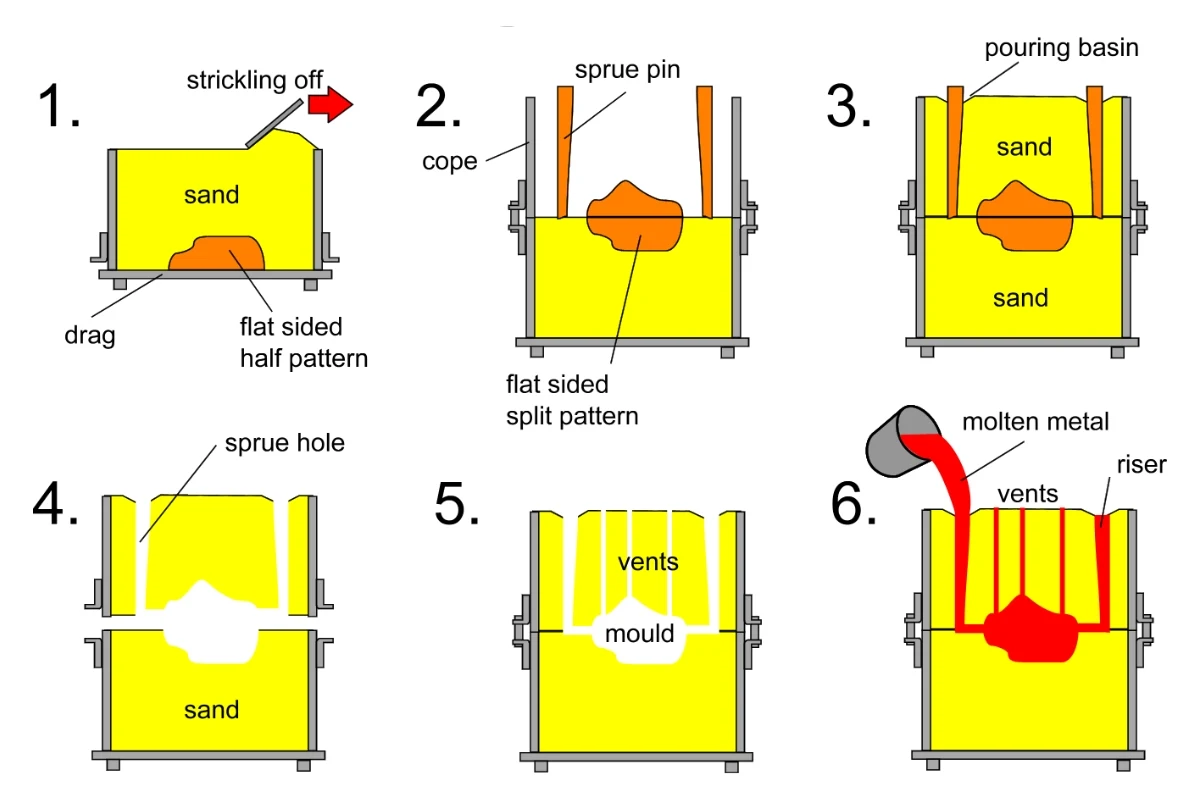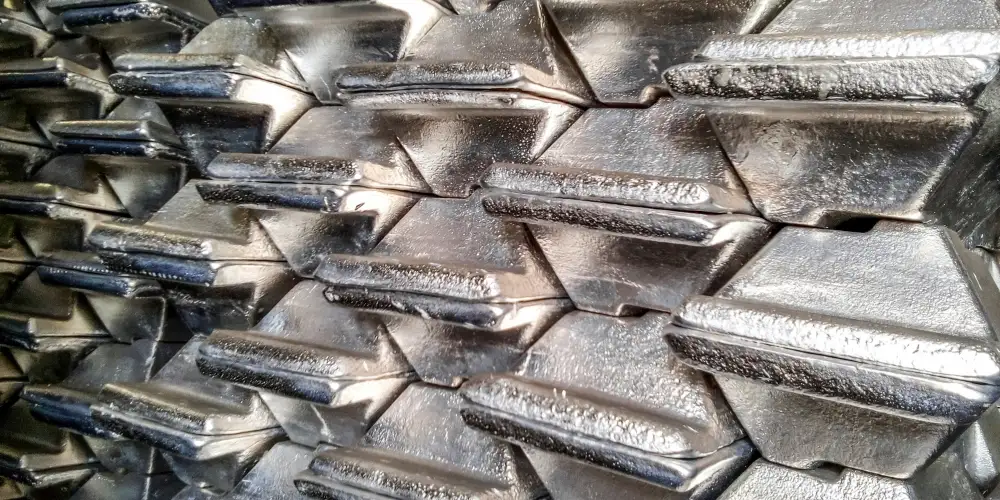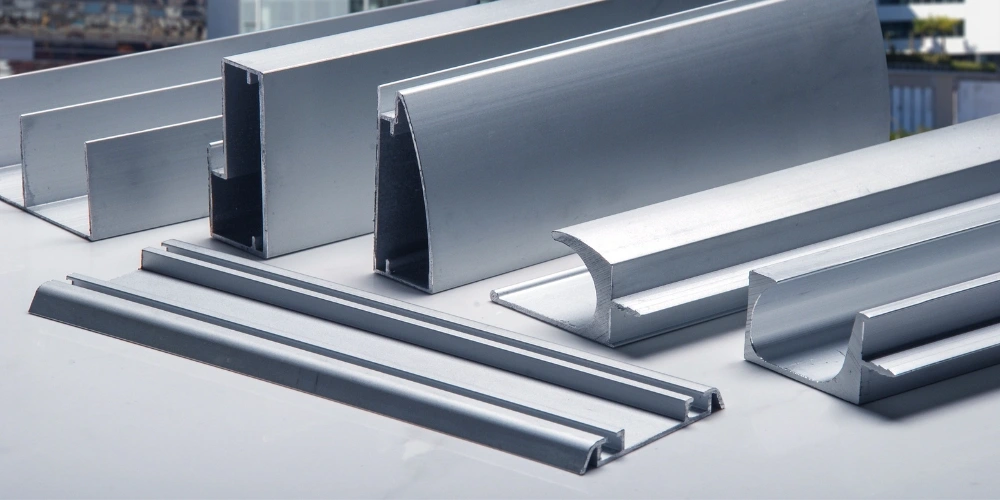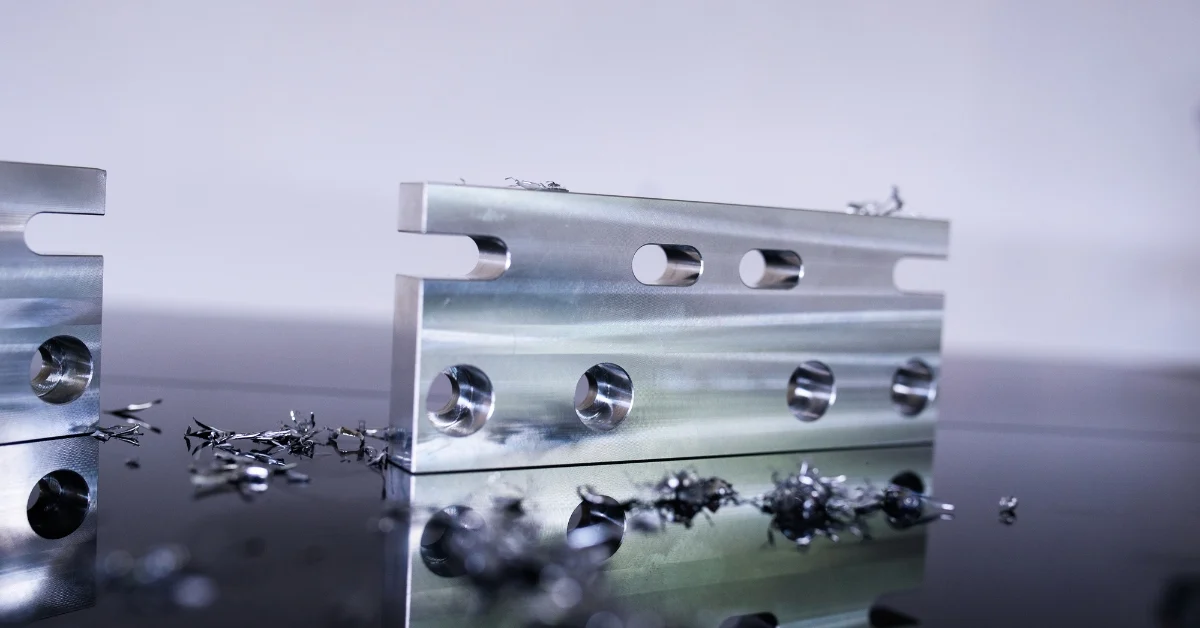What Is Powder Coating and How Is It Applied
Powder coating is a modern finishing technique that offers a superior alternative to traditional painting. Unlike liquid paint, powder coating involves applying a dry powder—typically a mix of finely ground particles of pigment and resin—which is then cured under heat to form a skin. This method not only delivers a more durable and flawless finish but is also more environmentally friendly, emitting zero volatile organic compounds (VOCs).
The popularity of powder coating has surged in recent years, driven by its numerous advantages. These include greater durability, enhanced aesthetic qualities, and a reduction in environmental impact, making it a preferred choice in industries ranging from automotive to home furniture. Its ability to provide thicker, more uniform coatings without running or sagging, and its quick curing time, boost production efficiency and appeal to businesses and consumers alike.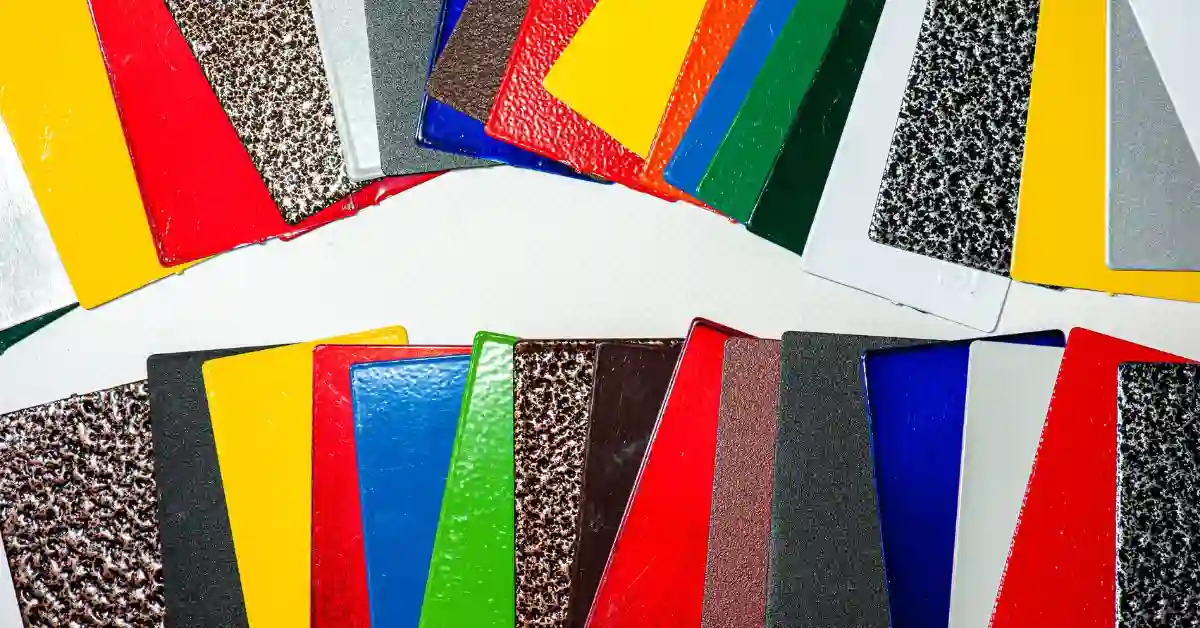
What is Powder Coating?
Powder coating is a dry finishing process where a fine powder consisting of polymer resin systems, pigments, leveling agents, flow modifiers, and other additives is applied to a surface. Unlike traditional wet paints, this powder is electrostatically charged and sprayed onto electrically grounded parts, then cured under heat to create a durable, uniform coating.
There are two main types of powder coatings: thermoplastics and thermosets. Thermoplastic powders melt and flow when heated, forming a film that hardens upon cooling. These coatings are reversible and can be remelted. Thermoset powders, however, chemically cross-link upon curing, which creates a permanent bond that doesn’t melt with subsequent heating. This makes thermoset coatings particularly robust, providing excellent chemical and heat resistance, ideal for many industrial applications where durability is critical.
The Powder Coating Process
1. Surface Preparation
The success of a powder coating finish heavily depends on surface preparation. Thorough cleaning and pre-treating of the surface are critical to remove oils, dust, and any contaminants that could impair adhesion. Techniques such as chemical etching or abrasive blasting are often used to enhance the surface’s texture, increasing the coating’s ability to bond effectively and ensuring the longevity of the finish.
2. Application
During application, the powder coating material, composed of finely ground particles, is electrostatically charged and sprayed onto the component. This is typically done using a spray gun, which propels the powder to uniformly coat the electrically grounded surface. The static charge holds the powder particles in place until they can be permanently set through the curing process.
3. Curing
Curing is a critical step where the applied powder is exposed to high heat, typically in an oven, which causes it to melt, flow, and then chemically cross-link to form a smooth, uniform film. This process not only solidifies the coating but also enhances its durability and resistance to environmental factors.
4. Cooling
After curing, the coated item is allowed to cool naturally. Cooling solidifies the coating further, finalizing its properties and ensuring the finish is hard and scratch-resistant. Proper cooling is essential to prevent defects and maintain the quality and aesthetics of the coating.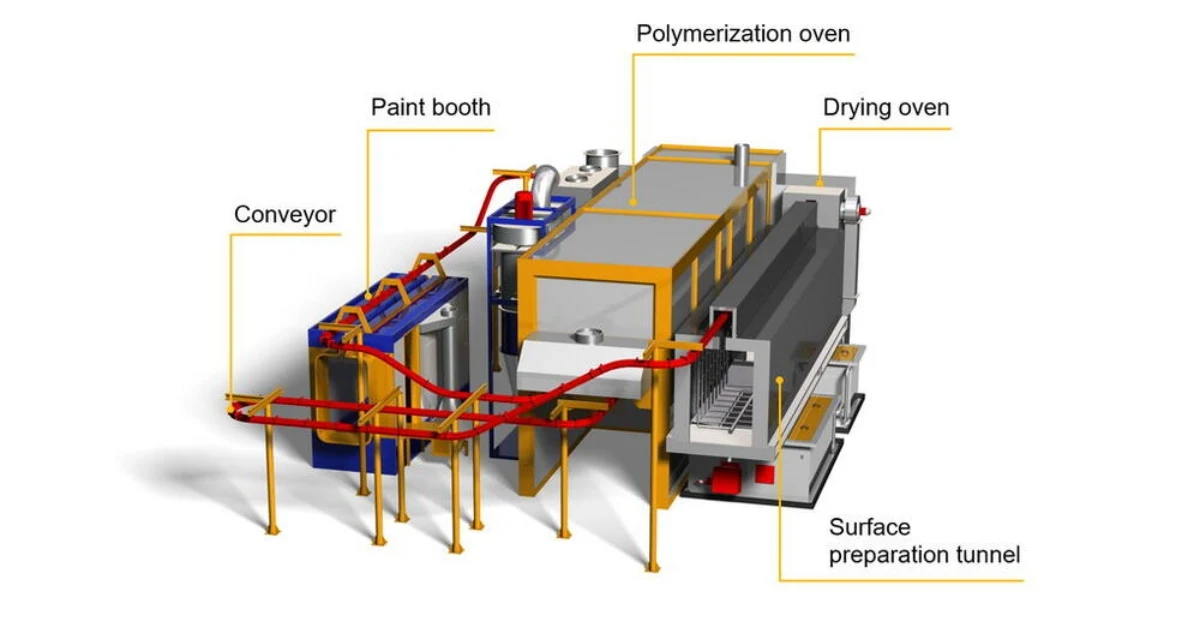
Each stage of the powder coating process is integral to achieving a high-quality, durable finish that can withstand the rigors of daily use and harsh environments.
Customization of Powder Coating
- Color Variations: Powder coating offers an extensive palette of color options, allowing for customization to meet specific aesthetic requirements. Using various pigments and dyes, manufacturers can create virtually any color, from subtle earth tones to vibrant hues. This flexibility ensures that the final product can align perfectly with customer specifications or corporate branding colors.
- Texture and Finish Options: The texture and finish of powder coating can also be tailored to enhance the product’s appearance and functionality. Available finishes range from smooth and matte to glossy and textured surfaces. Special effects such as metallic, fluorescent, and even clear coats can be achieved, providing additional visual impact and functional benefits like increased durability and UV resistance.
- Thickness Control: The thickness of the powder coating can be precisely controlled during the application process, making it adaptable to various uses. Thicker coatings provide better protection against wear and corrosion, ideal for items exposed to harsh conditions, while thinner coatings might be preferred for decorative or less demanding applications. Adjusting the application technique, such as the volume of powder used and the number of passes over the part, can finely tune the thickness to meet specific requirements.
Benefits of Powder Coating
Powder coating is renowned for its exceptional durability, providing a finish that resists chipping, fading, and scratching far better than traditional paints. Environmentally friendly, it emits zero volatile organic compounds (VOCs), reducing harmful pollutants and enhancing workplace safety. Economically, powder coating offers significant cost advantages; its efficiency and the ability to recycle overspray minimize waste and reduce overall expenses. This combination of durability, environmental sustainability, and cost-effectiveness makes powder coating a superior choice for a wide range of applications.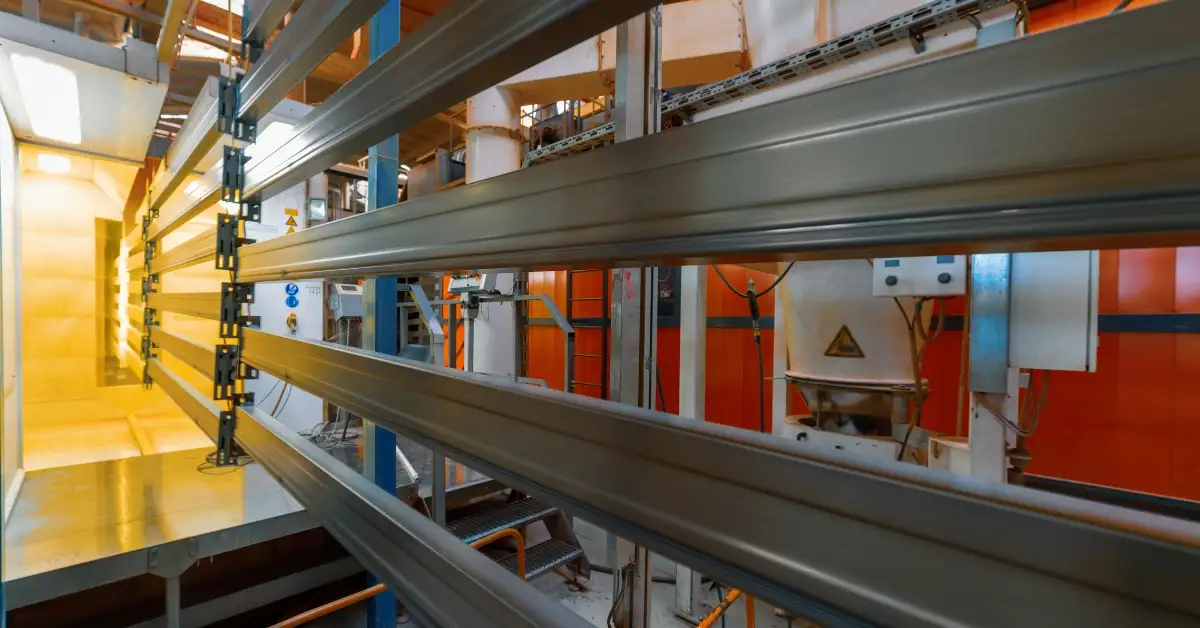
Limitations of Powder Coating
While powder coating is a preferred finishing technique for many applications, it comes with certain limitations that need to be considered:
Material Restrictions
Powder coating typically involves curing at high temperatures, usually between 180°C to 250°C (356°F to 482°F). This requirement limits its applicability to materials that can withstand such heat without degrading. Consequently, many plastics, rubbers, and other heat-sensitive materials cannot be powder coated unless they are specially formulated to endure high temperatures.
Color Matching Challenges
Achieving exact color matches with powder coating can be more difficult than with liquid paints. This challenge arises particularly in large-scale or multi-batch production processes where slight variations in the pigment mix, particle size, or curing conditions can result in noticeable differences in color. This makes it tough to ensure consistency across different parts or when attempting to match existing colors precisely, such as in repair work or adding to existing installations.
Complex Shapes and Intricate Details
Applying powder coating to objects with complex geometries or intricate details presents another challenge. The electrostatic spray process can cause uneven distribution of the powder, with areas that are “shadowed” from the spray gun receiving less coating. This effect can lead to thin coverage in recessed areas or inside corners, while outer edges and protrusions might receive too much powder, resulting in a finish that can be aesthetically displeasing or functionally inadequate.
Understanding these limitations is crucial for determining when powder coating is the best finishing option and when alternative methods might be more suitable. Proper planning and technique adjustments can help mitigate these issues, ensuring the highest quality finish possible within the constraints of the powder coating process.
Applications of Powder Coating
Powder coating is celebrated for its exceptional durability and aesthetic flexibility, making it a staple in industries such as automotive and aerospace where it’s applied to parts needing high corrosion resistance. It’s also prevalent in consumer goods, enhancing the lifespan and appearance of electronics and appliances with its superior finish. In everyday use, items like garden tools, kitchen appliances, and sporting goods benefit from its ability to withstand wear and environmental damage. Beyond typical applications, powder coating is crucial for outdoor and marine equipment, offering robust weather and UV resistance which is perfect for metal fencing and artistic installations. This adaptability underscores powder coating’s essential role in both functional durability and visual appeal, making it a top choice across varied applications.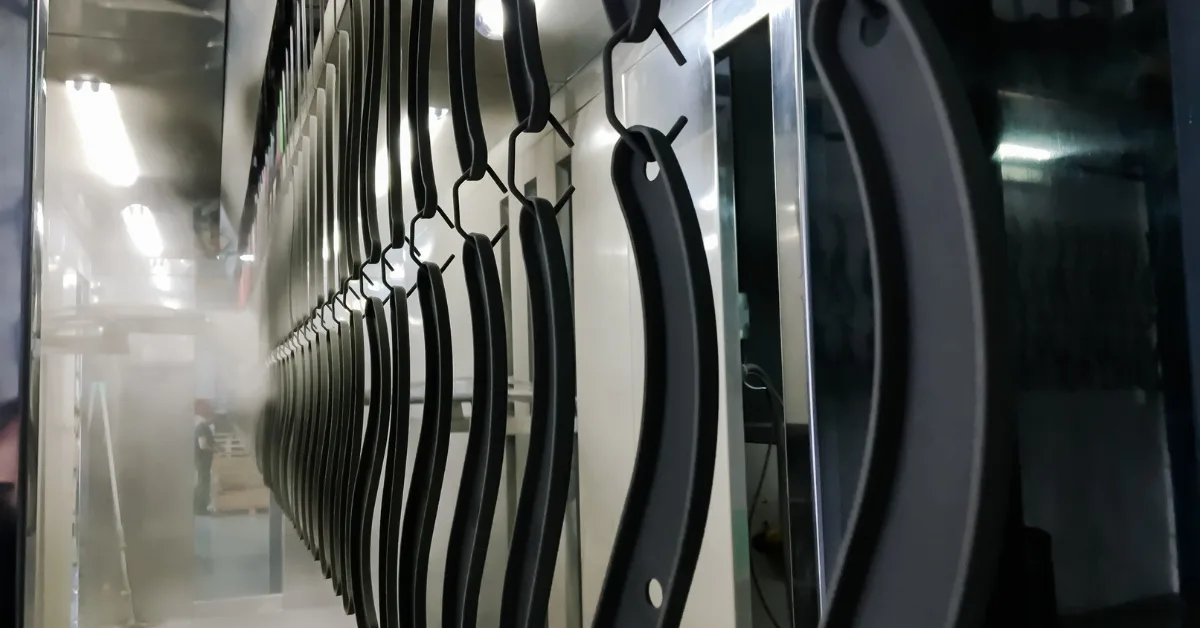
What Materials Can Powder Coating Be Applied To?
Powder coating is predominantly used on metal substrates, with steel, aluminum, and brass being the most common due to their excellent heat tolerance and electrical conductivity, which are essential for the electrostatic application process. These metals are ideal candidates as they benefit immensely from powder coating’s protective qualities, enhancing their resistance to corrosion, chipping, and fading, while also offering a vast range of aesthetic finishes.
Additionally, the scope of powder coating has broadened to include non-metallic materials. Technological advancements in powder formulas and curing techniques have enabled the application of powder coatings at lower temperatures. This development is crucial for extending the benefits of powder coating to sensitive materials such as certain plastics and engineered woods. These materials are increasingly found in a variety of contexts, from automotive components to consumer electronics and indoor furniture, where the durability and aesthetic properties of powder coating can be leveraged without compromising the integrity of the substrate.
HDC Offers High-Quality Powder Coating for Your Custom Metal Parts
At HDC, we specialize in custom metal components and offer powder coating as a high-end post-fabrication enhancement, particularly advantageous for our trailer parts series such as hitch ball mounts and receiver tubes. Leveraging our automated powder coating system, from electrostatic spraying to heat curing, we ensure that each component not only gains exceptional durability and performance but also boasts superior aesthetics. This process significantly enhances the parts’ resistance to wear and environmental damage while adding a visually striking finish. Opt for HDC’s customized services to elevate the quality, durability, and visual appeal of your custom projects, ensuring they meet your exact specifications with both style and functionality.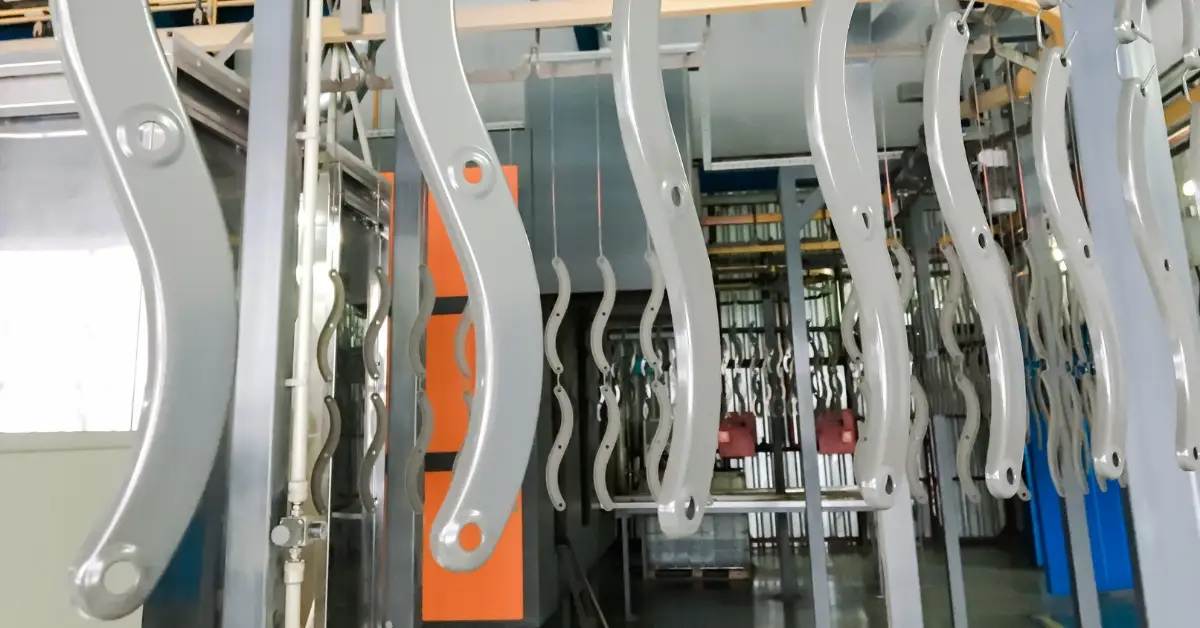
Conclusion
In summary, powder coating offers a superior finish that not only enhances the durability and aesthetics of metal components but also delivers environmental benefits through its solvent-free process. Ideal for a range of applications from industrial machinery to everyday household items, powder coating provides a protective layer that withstands harsh conditions while maintaining its visual appeal. Despite some limitations like temperature sensitivity and complexity in color matching, advancements in technology continue to broaden its applicability. At HDC, we harness this innovative technology to offer customized powder coating solutions, particularly for our specialized trailer parts, ensuring our products meet the highest standards of quality and performance. Choose HDC for a powder coating service that brings unparalleled durability and style to your custom metal projects.


